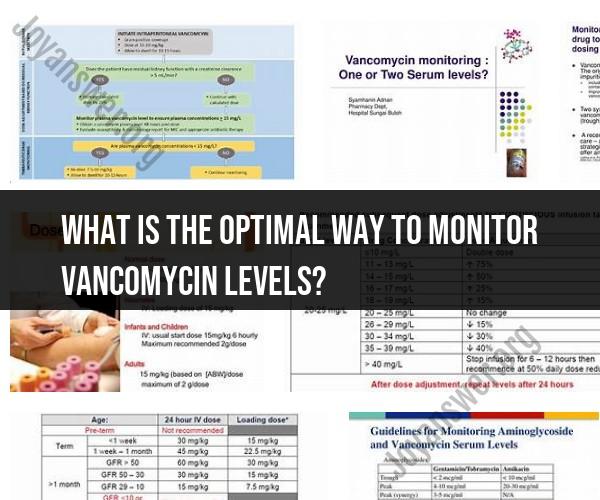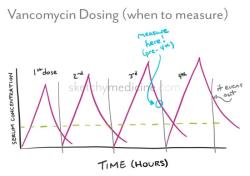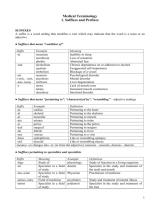What is the optimal way to monitor vancomycin levels?
Monitoring vancomycin levels is crucial to ensure its therapeutic efficacy while avoiding toxicity. The optimal way to monitor vancomycin levels involves several key practices:
Determine the Indication: Before initiating vancomycin therapy, it's important to determine the specific indication for its use. This includes identifying the type of infection, its severity, and the pathogen(s) involved. Vancomycin is often used to treat serious Gram-positive bacterial infections, such as methicillin-resistant Staphylococcus aureus (MRSA) infections.
Baseline Assessments: Conduct baseline assessments of the patient's renal function, including serum creatinine levels and estimated glomerular filtration rate (eGFR). Vancomycin is primarily eliminated by the kidneys, so renal function is critical in determining dosing and monitoring.
Calculate and Adjust Dose: Calculate the initial vancomycin dose based on the patient's weight, and adjust it based on renal function. Dosing guidelines often use creatinine clearance (CrCl) or eGFR to determine appropriate dosages. Dosing calculators and nomograms are commonly used tools.
Therapeutic Drug Monitoring (TDM): Implement a TDM program to monitor vancomycin levels in the patient's serum. TDM involves measuring trough (pre-dose) and, in some cases, peak (post-dose) serum concentrations. Trough levels are typically used to guide dosing adjustments.
Trough Concentrations: Target therapeutic trough concentrations of vancomycin are often in the range of 15 to 20 mcg/mL for serious infections. However, specific target levels may vary depending on the clinical scenario, the patient's renal function, and the infecting pathogen. It's crucial to follow institutional or local guidelines.
Sampling Timing: Collect vancomycin trough levels just before the fourth dose (i.e., right before the next dose is due) for steady-state concentrations. Peak levels may be measured 1 hour after completing a vancomycin infusion, if necessary.
Adjust Dosing: Interpret the vancomycin levels in the context of the patient's clinical status and renal function. Dose adjustments may be necessary to achieve and maintain target trough concentrations. Dose adjustments are often based on the vancomycin pharmacokinetic parameters and renal function.
Renal Function Monitoring: Continuously monitor the patient's renal function throughout vancomycin therapy. Dosing adjustments may be required if there are changes in renal function.
Consider Local Resistance Patterns: Be aware of local antimicrobial resistance patterns, especially for MRSA. Local resistance patterns can influence the choice of antibiotics and target concentrations.
Evaluate Clinical Response: Assess the patient's clinical response to vancomycin therapy. Clinical improvement should be observed within a reasonable timeframe. If the patient is not responding, consider factors like source control, additional diagnostics, and alternative therapies.
Prevent Toxicity: Regularly monitor for signs of vancomycin toxicity, especially nephrotoxicity and ototoxicity. Educate patients about potential side effects and report any concerning symptoms promptly.
Consult an Infectious Disease Specialist: In complex cases or when dealing with resistant pathogens, consider consulting an infectious disease specialist for guidance on vancomycin therapy.
It's important to note that vancomycin dosing and monitoring can vary based on local guidelines and institutional protocols. Always follow the specific recommendations of your healthcare facility and consider individual patient factors in making clinical decisions regarding vancomycin therapy. Therapeutic drug monitoring plays a crucial role in optimizing vancomycin therapy and minimizing the risk of adverse effects.












